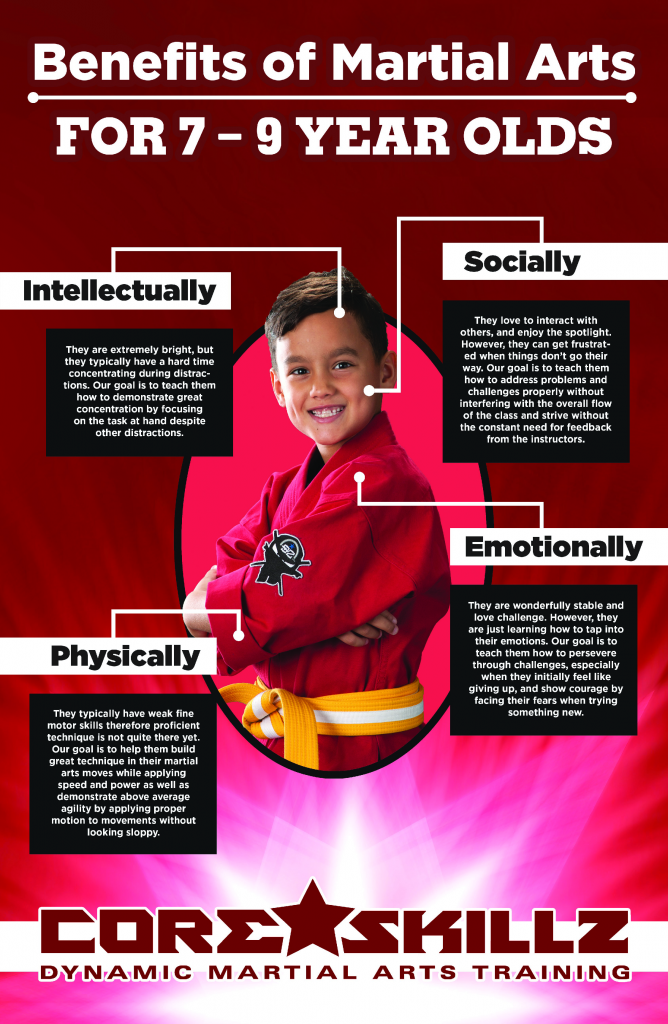The Development And Historic Context Of Martial Arts Worldwide
The Development And Historic Context Of Martial Arts Worldwide
Blog Article
Personnel Writer-Stevenson Graham
Martial arts have a remarkable history that spans centuries and continents. You may find it interesting how old methods like Shuai Jiao and Kalaripayattu prepared for modern-day battle techniques. These disciplines not only emphasize physical abilities however likewise show the societies that birthed them. As best martial arts movie explore their development, consider exactly how globalization has transformed these typical kinds right into crossbreed styles. What impacts do you assume have formed today's martial arts landscape?
Ancient Martial arts: The Foundations of Battle
As you delve into the globe of old martial arts, you'll discover the abundant structures that formed fight techniques throughout societies. Early techniques focused on Self-Defense and survival, typically including strikes, hurting, and weaponry.
In old China, for instance, methods like Shuai Jiao stressed tosses and joint locks, while India's Kalaripayattu showcased agility and fluid activity. Japanese samurai developed Kenjutsu, a refined swordsmanship that highlighted technique and strategy.
These martial arts served not just for battle however also as a means of individual advancement, instilling values like respect and determination. The blending of these techniques with time prepared for the varied martial arts you see today, each reflecting the one-of-a-kind ideologies and needs of its culture.
The Cultural Impact on Martial Arts Development
While martial arts typically reflect the functional requirements of a culture, they likewise symbolize the social values and beliefs of their beginnings. When you explore various martial arts, you'll notice exactly how they're influenced by faith, philosophy, and social norms.
For martial arts with belt systems , the emphasis on regard and discipline in Japanese martial arts originates from Zen Buddhism and samurai culture. In contrast, Brazilian Jiu-Jitsu advertises versatility and approach, formed by the need for effectiveness in a varied, multicultural setting.
You could discover that the rituals, uniforms, and training methods reflect a community's history and identity. By comprehending these cultural influences, you deepen your gratitude of martial arts and their role in shaping human experiences around the world.
Modern Adaptations and the Globalization of Martial arts
Martial arts have changed dramatically in recent years, adapting to modern culture and international influences. You'll observe that standard forms have mixed with modern-day strategies, creating hybrid styles like MMA. These adaptations satisfy diverse audiences, making martial arts available and appealing worldwide.
With simply click the next document of social media and digital platforms, you can discover tutorials and competitors from all corners of the globe, breaking geographical obstacles. This globalization has caused a common appreciation for various techniques, from Brazilian Jiu-Jitsu to Taekwondo.
As you engage with these arts, you'll recognize they're not just about battle; they promote physical fitness, self-control, and mental wellness.
Eventually, modern adaptations have actually enriched the martial arts landscape, making it a vibrant and developing practice.
Conclusion
In exploring the background and evolution of martial arts, you uncover a fascinating mix of strategies, societies, and ideologies. From old self-controls like Shuai Jiao and Kalaripayattu to the contemporary flexibility seen in MMA, martial arts reflect mankind's quest for Self-Defense and individual development. As you involve with these practices, you not only get abilities yet also a deeper admiration for the diverse practices that shape our globe today. So, proceed your trip and embrace the art of fight!
